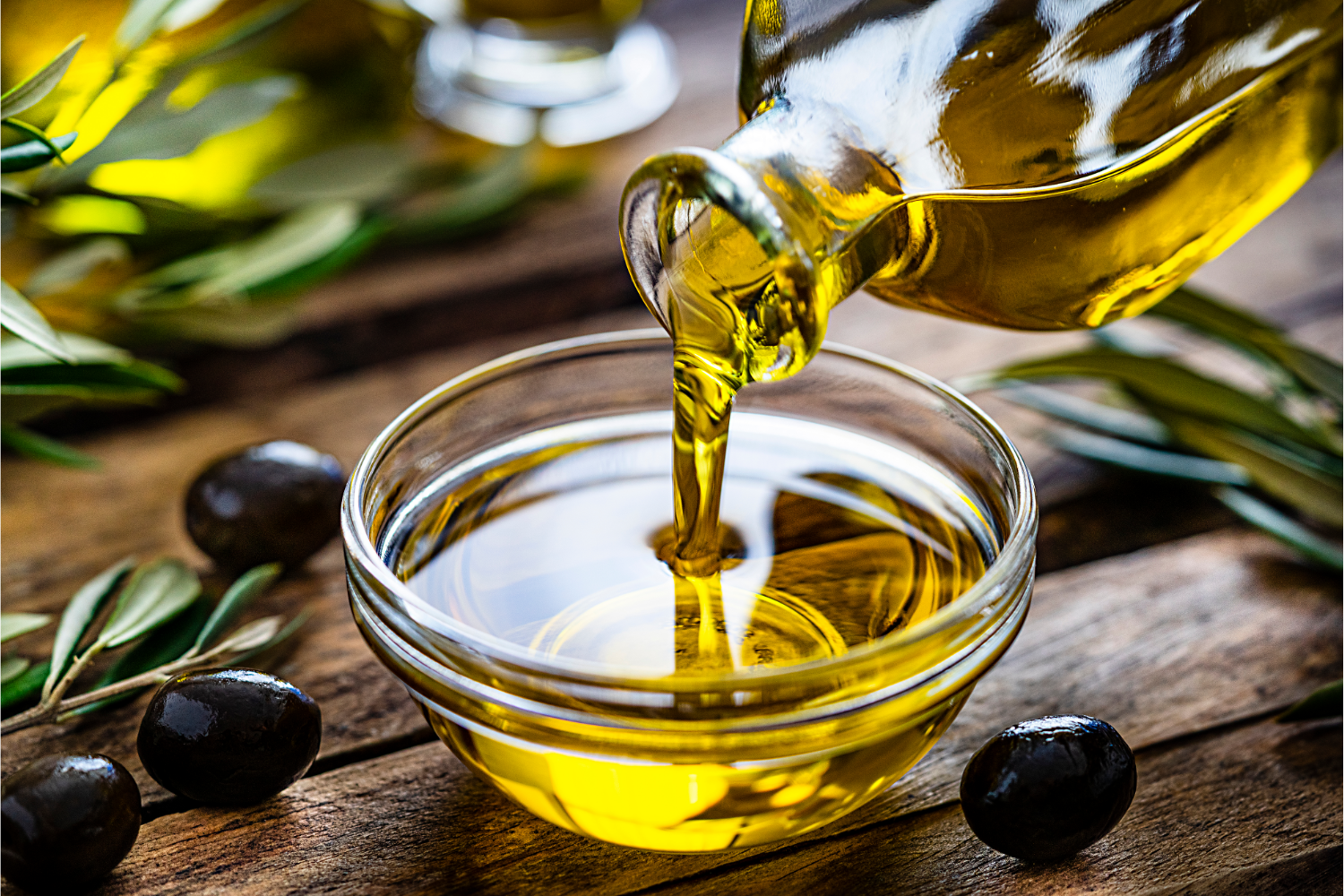
Olive Oil tasting
How to taste Olive oil ?
Conducting an olive oil tasting, also known as an olive oil sensory analysis, can be a delightful and educational experience. Here's a step-by-step guide to help you get started:
Choose Quality Extra Virgin Olive Oils
Select a variety of high-quality extra virgin olive oils for your tasting. Look for oils with different olive varieties, regions of origin, and flavor profiles to experience a diverse range of tastes.
Use Proper Tasting Vessels
Use small, dark-colored tasting cups or glasses to prevent light exposure, which can affect the oil's flavor. The cups should have lids or be covered with a paper or cloth to keep the aromas concentrated.
Warm the Olive Oil
Slightly warm the olive oil by cupping the tasting vessel in your hands for a few minutes. Warming releases the oil's aromas, making it easier to identify various flavors.
Observe the Appearance
Examine the color and clarity of the olive oil against a white background. High-quality extra virgin olive oil should have a vibrant green or golden hue and be clear.
Smell the Aromas
Uncover the tasting cup and inhale deeply to detect the oil's aroma. Swirl the oil in the cup gently to release more aromas. Pay attention to fruity, herbal, grassy, and other scents.
Taste with Sips
Take small sips of the olive oil, allowing it to coat your palate. Suck in some air while tasting (similiar to wine tasting) to help release the flavors.
Identify Flavors
Note the oil's taste attributes, such as fruitiness, bitterness, pungency (peppery sensation), and any other distinctive flavors. Describe the intensity of each flavor.
Consider Texture
Evaluate the texture and mouthfeel of the olive oil. Note if it feels smooth, buttery, or slightly astringent.
Use Palate Cleansers
Between each tasting, cleanse your palate with slices of apple, bread, or sips of water to remove any lingering flavors.
Compare and Contrast
Compare the different olive oils you tasted, noting the similarities and differences in flavors, aromas, and textures.
Take Notes
Keep a tasting journal to record your observations for each olive oil. This will help you remember the nuances of each variety.
Remember, olive oil tasting is a subjective experience, and everyone's palate is unique. Enjoy the exploration and discover your preferences among the diverse array of flavors that high-quality extra virgin olive oils have to offer.
